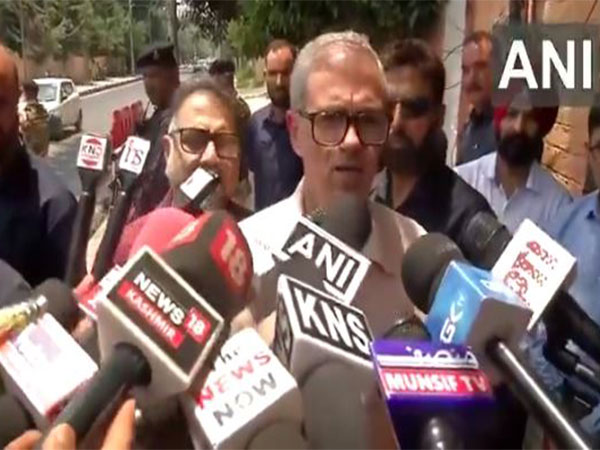
For the first time in 2025, Delhi's peak power demand crossed 8000 MW
Jun 12, 2025
New Delhi [India], June 12 : According to the State Load Dispatch Centre (SLDC), the peak power demand in Delhi reached 8,423 MW at 3:06 PM today. This figure represents the highest recorded load in the city up to June 12, as indicated in the official release.
The release further stated that last night, Delhi's peak load had clocked 8,231 MW at 10:55 PM, the highest of the season till then. Last night was the first time that Delhi's peak power demand had crossed 8000 MW this year.
Last night, BRPL and BYPL successfully met their areas' peak power demand of 3,747 MW and 1,832 MW, respectively.
Peak power demand in BRPL's area of South and West Delhi, which clocked 3,809 MW during the summers of 2024, is expected to reach around 4,050 MW during the summers of 2025. On the other hand, in BYPL's area of East and Central Delhi, the peak power demand, which reached 1,882 MW during the summers of 2024, is expected to touch around 1,900 MW this year.
BSES discoms are geared up to ensure a reliable power supply to meet the power demand of more than 53 lakh consumers and 2.25 crore residents in South, West, East, and Central Delhi. These arrangements include long-term PPAs and banking arrangements with other states and the deployment of the latest technologies, such as AI and ML, for accurately predicting power demand, which is critical for ensuring a reliable power supply.
Over 2,100 MW of green power will ensure reliable power during the summer months in the BSES area. This includes around 888 MW of solar power from SECI, 500 MW of wind power, and 40 MW from Waste-to-Energy. BSES's efforts to ensure reliable power are also being helped by 160 MW+ rooftop solar panels installed on rooftops in South, West, East, and Central Delhi.
Adding to these efforts are the advanced load-forecasting statistical and modelling techniques, which use Artificial Intelligence and Machine Learning to help the discom accurately forecast the power demand.
During the year, BSES discoms have strengthened the network and undertaken several unique measures to ensure a reliable power supply during the summer months. Besides preventive maintenance, BSES has also done extensive predictive checks to identify hot spots, pre-determine potential faults, and take remedial measures. This is done through thermal scanning, partial discharge measurement, and health assessment of power and distribution transformers. An online load monitoring system is also in place to track the power transformers and 11kV feeder load, especially during the summer.
Over the years, BSES has implemented some of the most advanced technology in India's power distribution sector. Systems such as SCADA, DMS, and GIS help facilitate real-time monitoring of the city's power supply and allow for swift restoration in case of faults. This is helping the discom ensure a reliable power supply in the city.
Air conditioning/cooling load can make up a significant portion, up to 50 per cent, of a household or company's yearly energy expenses.
It has been advised that to keep homes cool and energy bills low, set the AC thermostat to 24°C for a balance of comfort and cost-effectiveness, as every 1°C increase in temperature can reduce electricity consumption by 6%. Keep doors of air-conditioned rooms closed to trap cool air inside, and clean the AC filter monthly to ensure efficient operation. Pair the AC with ceiling fans to circulate air, easing the unit's workload. Insulate space by lining windows and walls with plants and curtains to block sunlight and heat. Lastly, turn off the AC when leaving the room or house for extended periods to save energy.


























